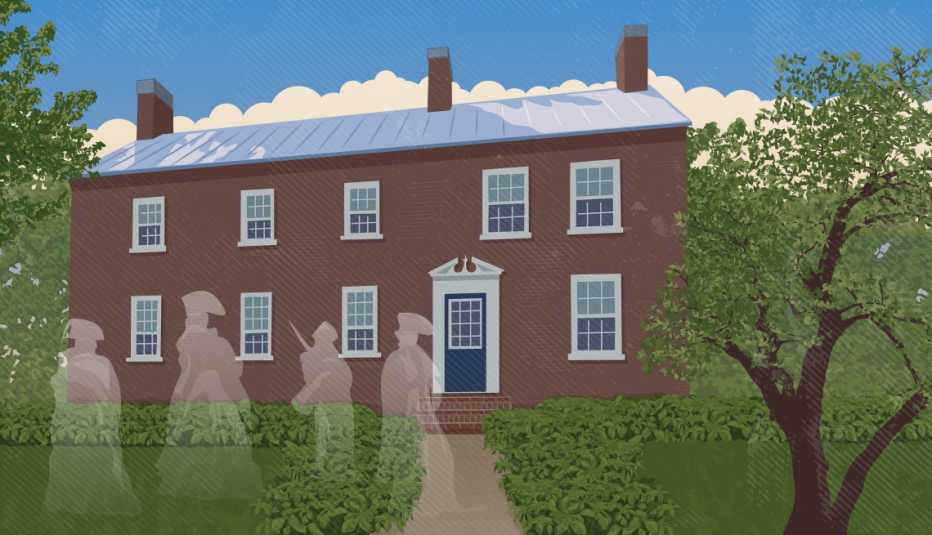Staying Fit


My husband and I bought a 242-year-old house during the pandemic. Which is, for a middle-age couple, perhaps insane.
I blame the lockdown and the 1,472 hours I spent watching the BBC’s Escape to the Country, that British show where some disaffected couple from London sets out in search of characterful properties in Shropshire to grow show pumpkins.
Paul, my husband, watches the series to scold the contestants. “William, you’re an accountant. You know s- - - about pumpkins. This is a terrible idea.”
I watch to swoon over the properties. Those thatched roofed cottages, the Georgian parsonages with their stone-walled gardens, the oak-beamed barn conversions. At the end, there’s always a Mystery House, usually a repurposed chapel or mill. “Oh look, a water wheel! They still thresh grain! How romantic.”
Paul observes that a mill is probably damp and drafty. We agree that British sofas are inexplicably ugly. The credits roll past verdant English hillsides dotted with sheep. Fantasy over.
Except after two years of working remotely from a two-bedroom high-rise apartment in Washington, D.C., an Escape to the Country seed was planted in my brain. Where it grew and grew to the size of a show pumpkin.
Between us, Paul and I have owned five historic fixer-uppers. The aberration was spending six years empty nesting in a modern apartment. It wasn’t the best place to endure a pandemic. We missed extra rooms, gardening and slobbering dogs.
Finally, one dreary February day, I broke. “Let’s drive out to the country and look at some houses,” I said.
And that’s where we found it. A stately colonial built by Quakers in 1780 in the village of Waterford, Virginia. It backed up to 140 acres of preserved farmland, and there were sheep. My heart melted at the sight of livestock.
Did I consider the practicalities of aging in a 242-year-old house? If my knees really needed four flights of stairs? The risks of traversing warped antique floorboards at night? Shouldn’t I have given some thought to the energy efficiency of Revolutionary War-era windows?
No. Those are the sensible thoughts of a modern home buyer. You probably enjoy water pressure and closet space, too.
We listed the apartment. It sold immediately. We bought the Waterford house.



































































You Might Also Like
How Losing My Luggage in Brazil Gave Me Strength for an Uncertain Future
After navigating the Amazon with only one pair of panties, life doesn’t seem so scary anymoreA Golfing Novice Finds Serenity in Letting Go
Scotland’s magnificent natural setting brings a newfound inner calmMore Members Only Access
Watch documentaries and tutorials, take quizzes, read interviews and much more exclusively for members